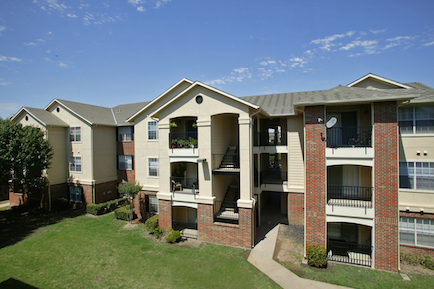Commercial real estate investing basics (part 1)
For most investors, the path to success in real estate begins in single-family homes. This is logical because of our familiarity with growing up in a home, as well as the “perception” that it requires less financial means to buy a home vs commercial asset. But spend much time around the most successful investors, and you will find that most participate in commercial real estate transactions at one level or another. The reasons to invest in commercial assets are many, but can be boiled down to these 2 basic factors: 1. the ability to scale and grow your wealth fast 2. strategic opportunities to significantly force appreciation over time. Due to the interest in this subject, we will do a 6 part series on commercial investing basics.
The 1st step in commercial investing is to determine what type of asset class you will pursue. The general classifications are multifamily, office, retail, hospitality and industrial. Additionally, there are many niches and sub-classifications, such as student housing, mobile home parks, self-storage, etc. Each one has it’s own risk profile and generally does better (or worse) depending on where we are in the market cycle. So let’s talk about risks and market cycles….
As a rule of thumb, multifamily is generally regarded as the lowest risk investments because people “need a roof over their head” no matter where we are in the economic cycle. The same cannot necessarily be said for a retail store during a recession. If you look at the progression of commercial real estate values coming from the bottom of a market cycle, typically multi-family is the 1st to recover as jobs come back to an area (ie people need a place to live). Office and industrial generally follows multifamily, as companies begin to grow again and need space. As populations continue to increase and concentrate in areas AND people have more discretionary income, retail generally follows. Hospitality is also driven by the overall business climate, as well as leisure travel due to greater discretionary income. Student housing and self-storage assets are less impacted by macro economic issues, and more by local market and competitive issues. But let’s face it, trying to time markets or predict your competitor’s next move is both difficult and risky, and therefore, we prefer to be “opportunistic” in our investing strategy.
The real commercial opportunities lie in buying an asset “under-market” AND then utilizing proven strategies to force appreciation. When pursued correctly, timing the market cycle becomes less critical to your success. That is because it is possible to make money in any market cycle; you just need to understand where you are in it and how it should impact your overall buy and hold strategy. For somebody trying to get in to the commercial side of real estate, we suggest choosing one or two asset classes that will fit your goals and make sense for you given where you are buying, your time/financial resources and who you know or meet that can mentor or coach you. Additionally, there is no shortage of information available online about each asset class, where to find, how to analyze and best practices for ongoing management. Everywhere you look there are resources available, and it is only a matter of initiative to get started. Lastly, we are here to help too, so don’t be shy about asking how to get started given your situation and goals.
Later in this series, we will share how to identify the best markets to invest, how to find opportunities (active and passive), forced appreciation strategies, funding strategies and property management strategies. A final word: anybody can participate in commercial investing, and it is only a matter of what level you want to do it.





